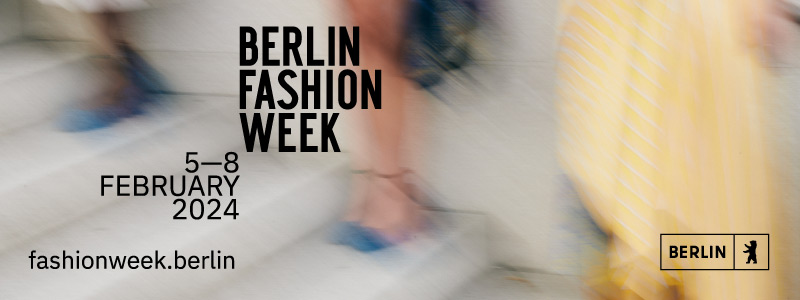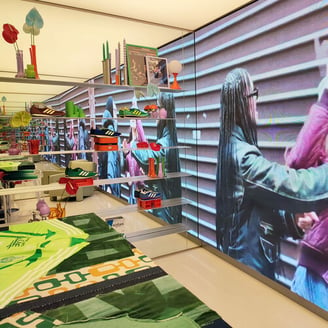How men's fashion is evolving in department stores
Though the sales share of men's fashion remains steady at 16% in the overall assortment of department stores, there are discernible changes in men's dedicated offerings. A recent study by the International Association of Department Stores (IADS), which brings together a dozen department stores worldwide*, noted a gradual decline in casual and relaxed styles, making room for semi-formal wear. Even with remote work persisting for some, the return to the office is prompting a shift in clothing choices.

Customers are increasingly blending styles between suits, casual wear, and sportswear, even within a single ensemble.
"This trend, coupled with the return to the need for dressing for the office and social activities, creates a complex blend: elegance is making a comeback, driven by 'quiet luxury' and the emergence of new construction techniques. There's also a demand for casual and minimalist styles suitable for all occasions, from the office to evenings out. The notion of gender fluidity is gaining traction, with a feminine touch infiltrating technical wardrobes," described the study, relying on data from The Style Pulse.
When isolating different styles, casual wear still dominates with a 56% market share, followed by office wear (24%), athleisure (15%) showing an increase, and finally, very formal wear (5%), which is declining.
Regarding the price ranges practiced by department stores, the two opposite poles of luxury and entry-level have maintained their respective shares of 18% and 10% of men's segment sales. In between, the premium segment (25%) has progressed compared to mid-range, which still remains the largest segment (representing 45% of sales).

Among the men's brands to watch, according to trend agency NellyRodi, some are essential must-haves, such as Ami, A.P.C., Carhartt, Nudie Jeans, and Isabel Marant. Noteworthy comebacks include Gant, Fursac, and Aigle. Additionally, S.S. Daley, De Bonne Facture, ERL, and Bode are mentioned as rising stars in the category. Finally, promising brands to follow include Cherry, Ouest Paris, Manastash, Norwegian Rain, and Baziszt.
To highlight their men's offerings, department stores often opt to launch pop-up stores or promote ephemeral capsules. Both are highly event-driven options that liven up department stores' aisles. Some examples include the launch of the Lacoste x Netflix collaboration at Manor; the Disney x Givenchy capsule at El Corte Inglés; or the Café du Cycliste pop-up at Galeries Lafayette; and the Boss x Looney Tunes alliance at Sogo.

In these department stores, the share of online sales for men's fashion did not increase in 2022, remaining stable at 17% of the category's total sales.
"There is no shortage of initiatives to boost online growth: for example, Boyner launched Boyner Now, a 90-minute delivery service that allows customers to choose products they truly want at home. A new distribution center enables Magasin du Nord to offer faster deliveries and more in-store pickup options. Finally, El Palacio de Hierro and El Corte Inglés are significantly increasing the number of references sold online," stated the study.
In an ongoing inflationary context, IADS raises the question of profitability at a time when consumers are still seeking bargains and discounts. "Fewer products are purchased in each transaction, and the average basket size is shrinking," warned the association, underscoring the need—and the challenge—of creating the ideal assortment by mixing brands and price ranges.
* Its members include Centro Beco (Venezuela), Beijing Hualian Group (China), Boyner (Turkey), Breuninger (Germany), Chalhoub (UAE), El Corte Inglés (Spain), El Palacio de Hierro (Mexico), Galeries Lafayette (France), Lifestyle International Holding (Hong Kong), Magasin du Nord (Denmark), Manor (Switzerland), The Mall Group (Thailand).
Copyright © 2024 FashionNetwork.com All rights reserved.















